A lot of us have shot with Ilford film, but have you ever used an Ilford camera? About four years ago I vastly overpaid for a camera I knew nothing about from an antiques store while on holiday in Tasmania. I realised lately that the roll of film I had bought at the same time was about to expire, so it was about time to figure out how to get pictures out of this thing. From what I’ve been able to find on this camera, Ilford manufactured the Ilford Craftsman in 1949 for the entry level market and it apparently was also issued to police forces for crime scene documentation! Who knows what gory images mine could have seen…
Fortunately, the Craftsman takes 120 film (6×6 exposures for 12 frames per roll) so is still usable today, 70 years on. In the spirit of authenticity I was using Ilford FP4+ 125. I haven’t tried any colour film with the Craftsman yet but it definitely would be interesting to see the results.
The Craftsman is a little more than a box camera but a lot less than a true TLR camera. You get two options for shutter speed (1/25 and 1/75, plus a bulb setting) and two options for aperture (f9 and f18). It also has a limited focusing range for the taking lens, allowing you to choose from 4-5 feet, 5-7, 7-10, 10-20 and 20-infinity. However it’s not a true twin lens reflex as the viewing lens is fixed focus, so you are kind of flying blind on focus. Since the apertures are so small it’s very forgiving for the most part.
The limited settings can make exposure challenging, but also freeing. Outdoors, stick it on 1/75 and f18 and hope for the best. Indoors, stick it on 1/25 and f/9 and hope for the best… although the only indoor capture I took was blank, so possibly the slower shutter speed is broken.
Carrying around such an eye-catching art deco camera certainly attracts a lot of attention. My grandparents, who feature on the last two frames, said they remembered their grandparents taking photos with a similar box camera, back in the 50s! One of the nice things about working with older cameras is how it brings out people’s memories.
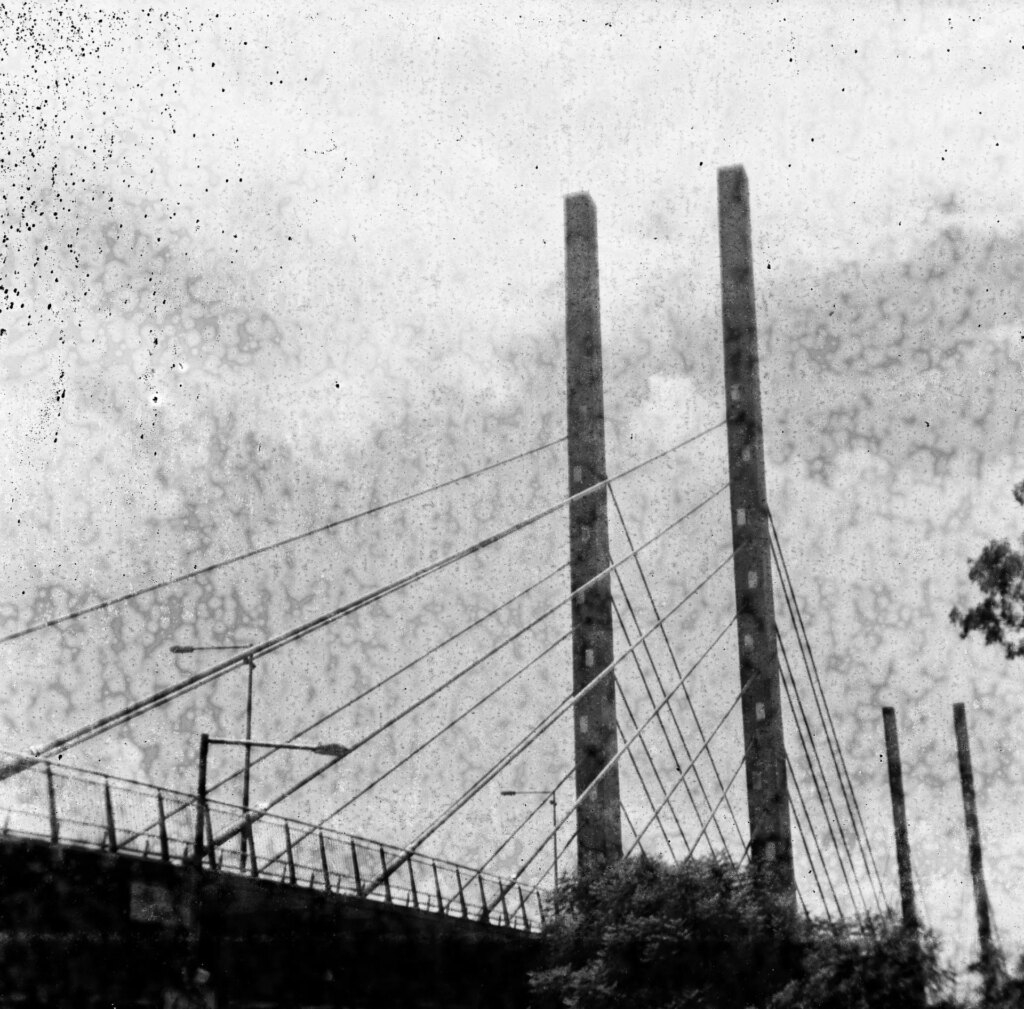
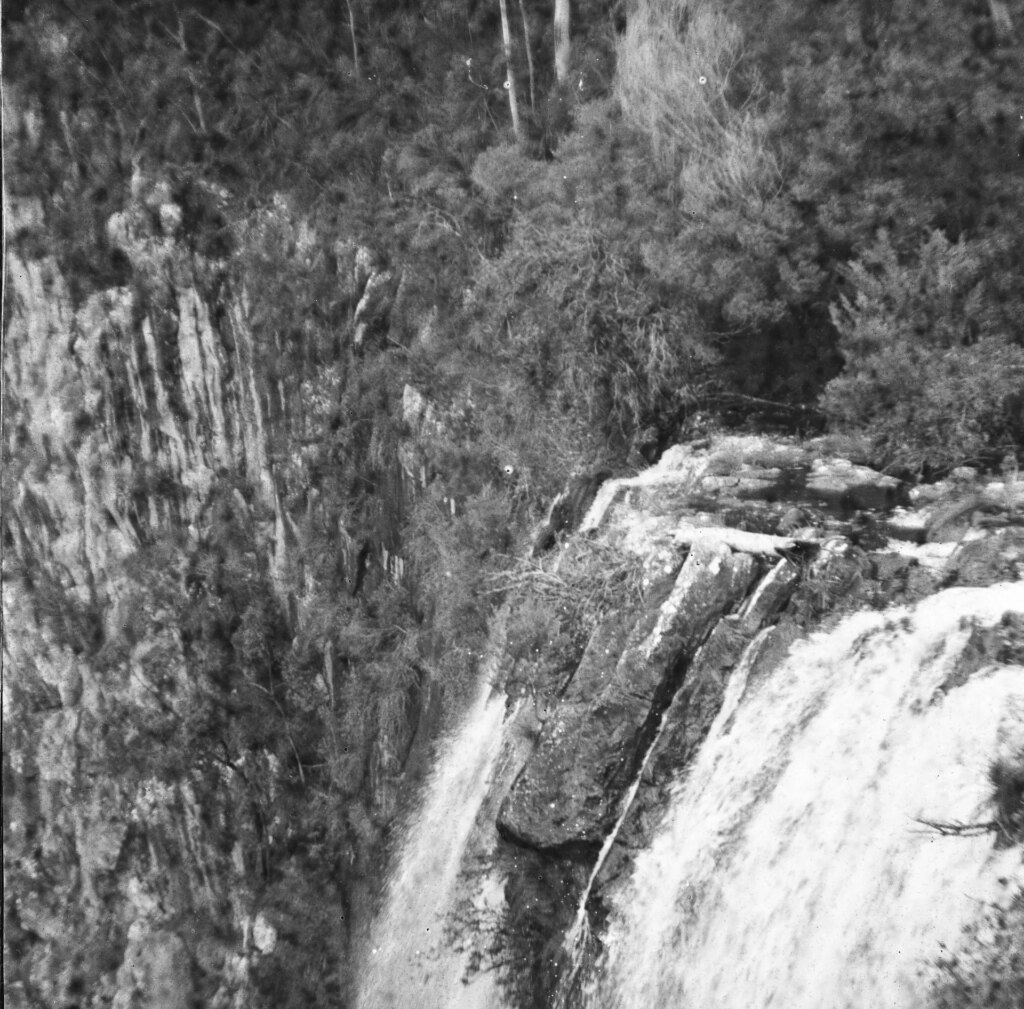
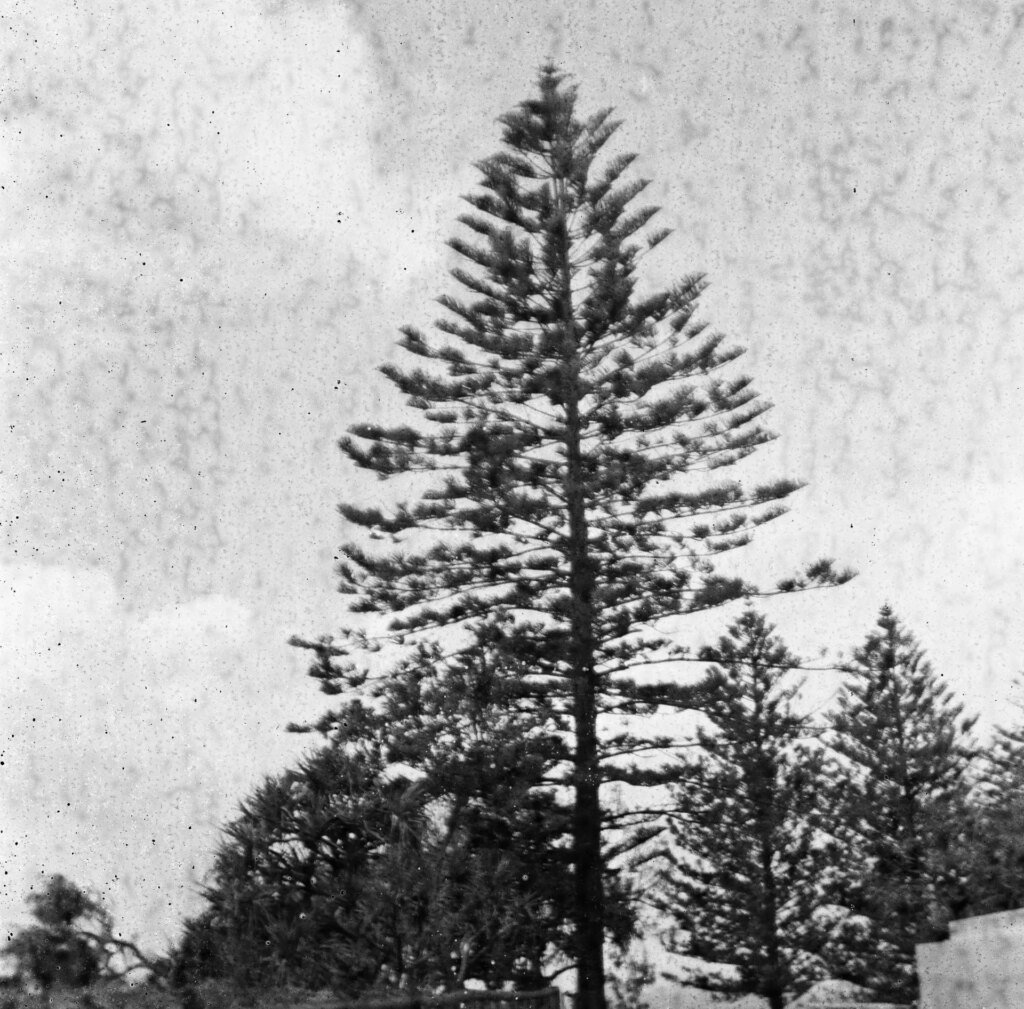
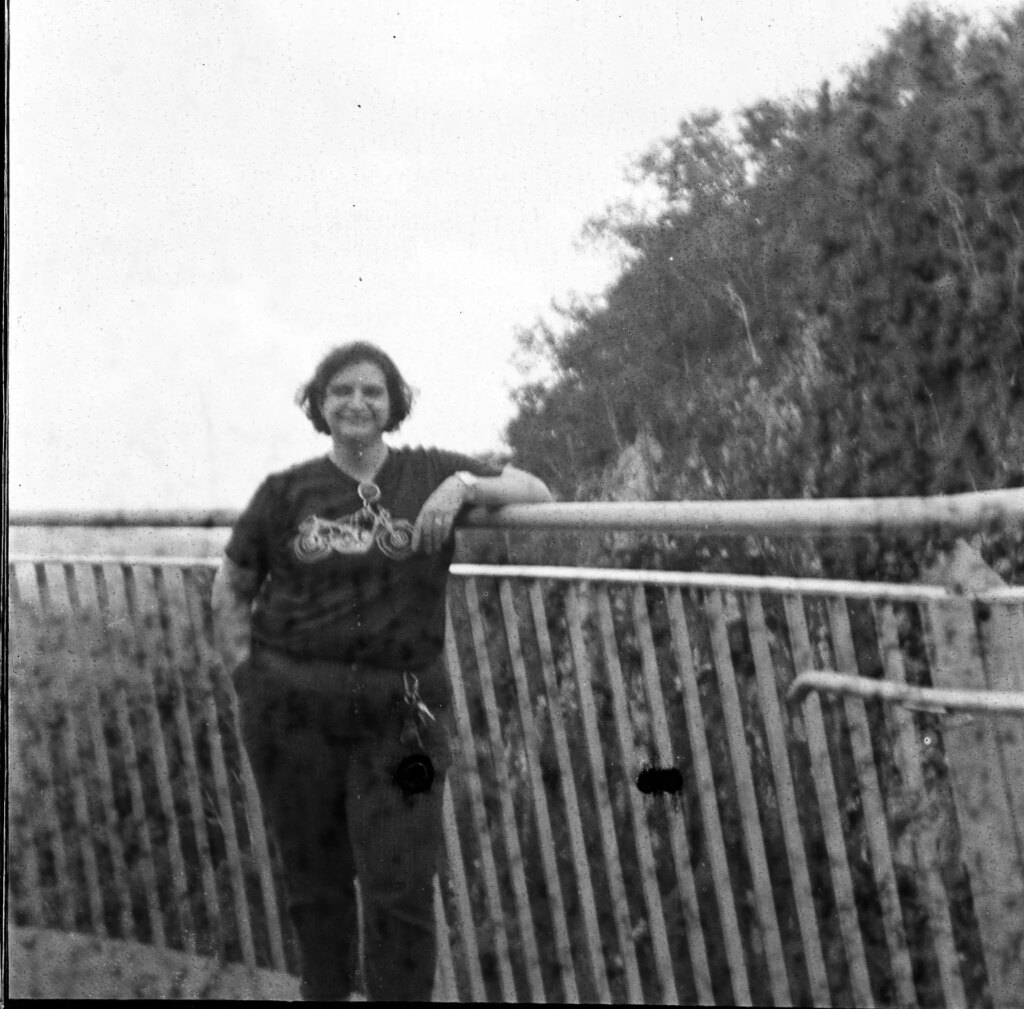

Amazingly, considering the camera likely hasn’t been used, cleaned, or serviced in 70 years, 11 of the 12 exposures produced recognisable images. The taking lens seems to have some fungus in it which combined with general dust and debris gives the pictures a definite vintage look! I don’t hate the effect, with some of the nature pictures it’s hard to tell whether they were taken in 1952 or 2022.
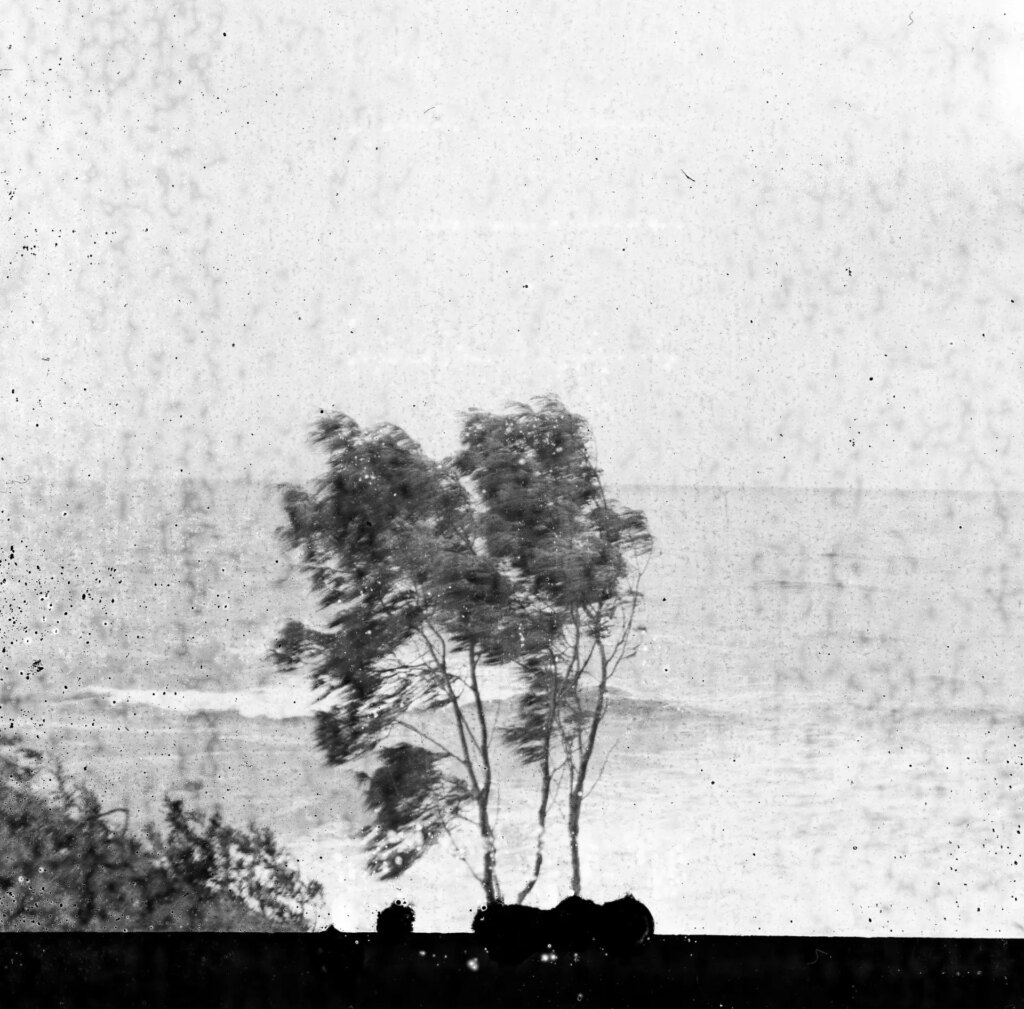
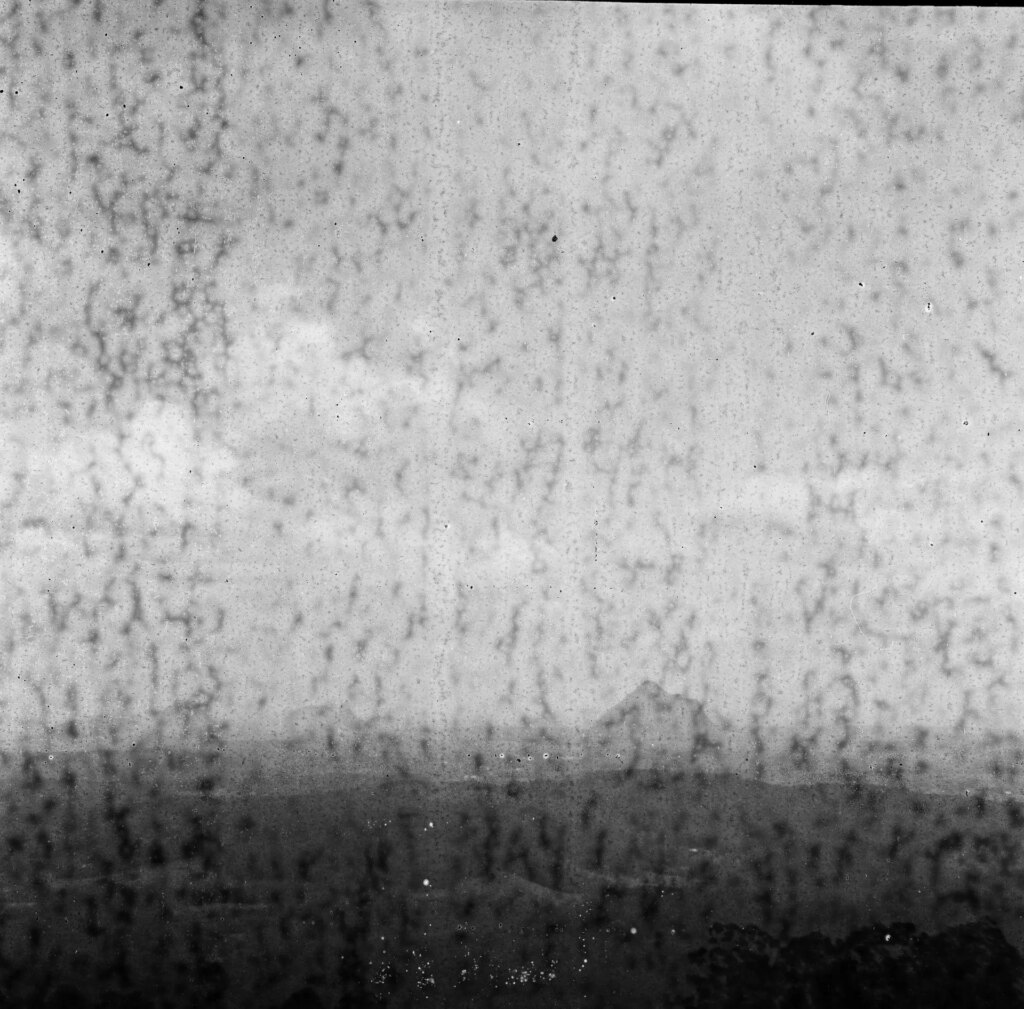
I really enjoyed my first roll with the Ilford Craftsman. It won’t become my daily driver but I have big plans for experimenting with colour film, long exposures, double exposures and more. One day I might even clean it.
More of my photography can be found on my website.
Share this post:









Comments
Bob Janes on Ilford Craftsman and a Roll of Ilford FP4+ – By Kat Good
Comment posted: 19/05/2022
The camera looks very interesting - there were a number of these 'bright' non-focusing viewfinder TLRs around at one time - the Ensign full-vue being a very common one.
Comment posted: 19/05/2022
Ilford Craftsman and a Roll of Ilford FP4 - By Kat Good - Digital Cameras on Ilford Craftsman and a Roll of Ilford FP4+ – By Kat Good
Comment posted: 19/05/2022
Terry B on Ilford Craftsman and a Roll of Ilford FP4+ – By Kat Good
Comment posted: 20/05/2022
I am somewhat sceptical about the model being used by UK Police forces; indeed there is only one unsubtantiated account on the internet, the one you link to. My reasoning is based on the camera's specification and suitability for the stated purpose. There are a number of practical problems:
1. The focal length of the lens which I've seen as being 95mm. This is quite long for a 6x6 negative, which is usually 75mm or 80mm, and apart from giving a more restricted field of view it leads to potential focusing errors. The 95mm focal length and reduced DoF and angle of view make the Craftsman particularly unsuitable to indoor shooting, especially considering focus has to be guessed.
2. Camera shake using the 1/25sec shutter setting, in particular. This is roughly 1/4 of the suggested speed recommended for limiting image blur related to focal length. Flash only syncs at 1/25sec, too. So whilst the use of flash may solve available light issues, it doesn't do anything for image blur.
3. The police had a far more suitable and more versatile camera at their disposal, the Envoy Wide Angle, often erroneously referred to as Ilford Wide Angle. And this camera is known to have been used by the police. (This was the provenance of my Envoy outfit.)
As for the odd mottling on your film, I've only ever seen once a similar effect and this was caused by a poorly stored film in which the film had reacted with the backing paper and there had been some transference to the film and which impacted on even development for some reason. I agree with the other two comments, dust or other gunge in the lens is unlikely to be the culprit.
Graham Orbell on Ilford Craftsman and a Roll of Ilford FP4+ – By Kat Good
Comment posted: 20/05/2022
I suspect they are caused by a poor drying technique after the final wash. I would try rewashing a couple of negatives occasionally swishing them gently in a pot of water for about 10 minutes with just a drop or two of liquid dish wash detergent added. Then you could gently squeegee the surplus water off between two fingers and hang them with a paper clip on a corner from a string to gently dry.
If they had originally been dried without using a wetting agent ( detergent) drying marks will appear on the film.
Most of those box camera style cameras used a simple meniscus lens so if there is any fungus it will be on an accessible surface if you can set the shutter on open.. My camera mechanic from years ago recommended using a cotton wool bud and good old human spit to remove fungus. I’ve tried it and it works. You could finish off with ordinary lens cleaner from an optician. In my box camera days 70 odd years ago I would stick a piece of black insulation tape over the red window that displays the frame numbers. Back then cheaper films were orthochromatic and a red window was OK. But better films and all B&W films nowadays films are panchromatic and sensitive to all colours. The red window can allow some fogging of the film. But use a short length of black tape and peel it back while you wind on in the shade of your body and you’ll have no problem.